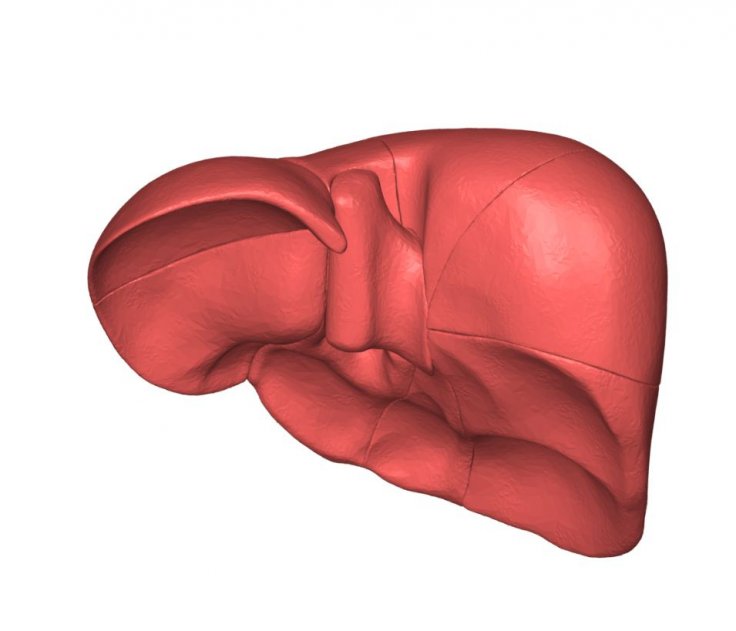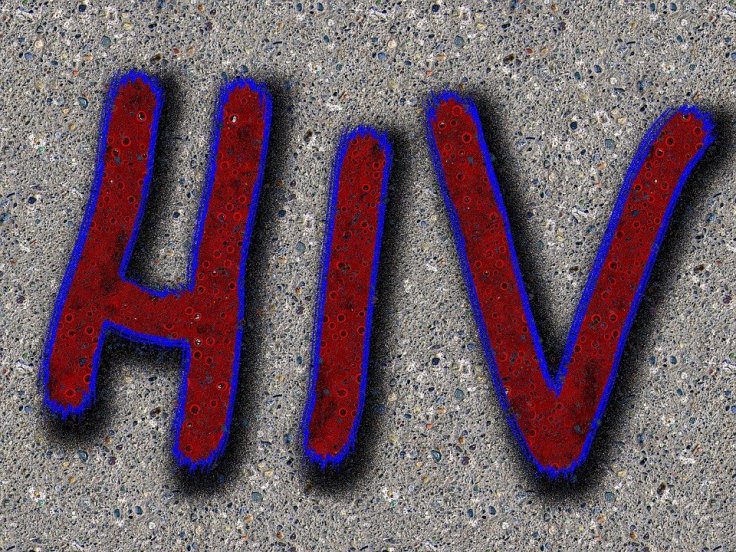Patients living with HIV often struggle with secondary health concerns and diseases. One such condition is Nonalcoholic steatohepatitis (NASH), a fatty liver disease that commonly affects HIV+ people. However, a new study claims that HIV+ patients suffering from this disease can be relieved of it by being treated with Vitamin E.
According to the study by researchers from McGill University, Canada, HIV+ patients who were treated with Vitamin E for the liver disease showed marked improvement in their condition. Highlighting that Vitamin E is known to improve the condition in general population, and the importance of the finding of this study, Dr Giada Sebastiani, lead author of the study said, "Here we provide evidence for its beneficial effect and safety in people living with HIV, who have a higher prevalence of fatty liver disease."

Nonalcoholic steatohepatitis (NASH)
It is an extreme form of nonalcoholic fatty liver disease (NAFLD). While it is similar to liver diseases caused by a lifetime of excessive consumption of alcohol, it occurs in those who do not consume alcohol beyond limits. It is characterised by inflammation of the liver and cell damage due to the build-up of fat in the liver. In some cases, people do not tend to exhibit symptoms or discomfort due to it. However, it is a condition that is potentially dangerous and can advance to liver cancer or cirrhosis.
According to Dr Sebastiani, NAFLD affects 25 percent of the general population. Additionally, NASH affects nearly one-third of patients suffering from NAFLD, she adds.
Two pills a day keeps the fat away
For the study, 27 patients with HIV and NASH were prescribed a safe dose of two Vitamin E pills per day. It was found that liver functions measured using an array of blood tests meant specifically to gauge liver health, and measure of liver fat employing a non-invasive ultrasonographic test showed improvement due to treatment with Vitamin E.

Sebastiani, further highlighted that "These improvements were even more marked than those reported in the HIV-uninfected population." Despite having doubts about the effectiveness of Vitamin E in reducing fat and inflammation in HIV+ patients, she was "pleasantly surprised" by the outcome.
Fatty liver disease and HIV
Sebastiani points out that NAFLD afflicts nearly 48 percent of Canadians with HIV. There are various theories explaining the high rate of fatty liver disease found in HIV+ patients. She explains, "It is possibly due to HIV-related inflammation, the antiretroviral drugs that they have to take lifelong, and to very frequent metabolic problems, such as diabetes and high lipids."

However, there are no sanctioned treatments for managing the condition among HIV+ patients. "Unfortunately, there is no approved therapy for fatty liver in people living with HIV," said Dr Sebastiani.
Graduating to a control group next
Noting that the study was not aided by the benefits of a control group and consisted of only 27 participants, it qualifies for nothing more than a pilot project, said Sebastiani. "We would be interested in conducting a larger randomized controlled trial, with a longer follow-up," she said. She also predicted that within the next ten years, the leading cause of driving liver transplants will be NAFLD.









